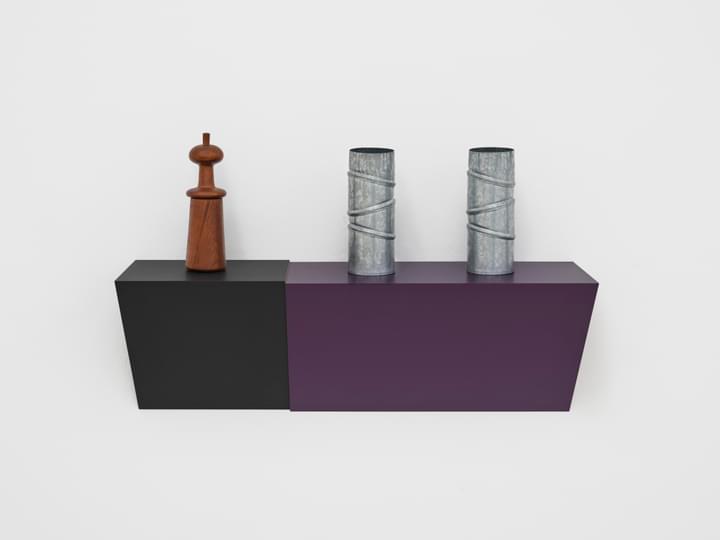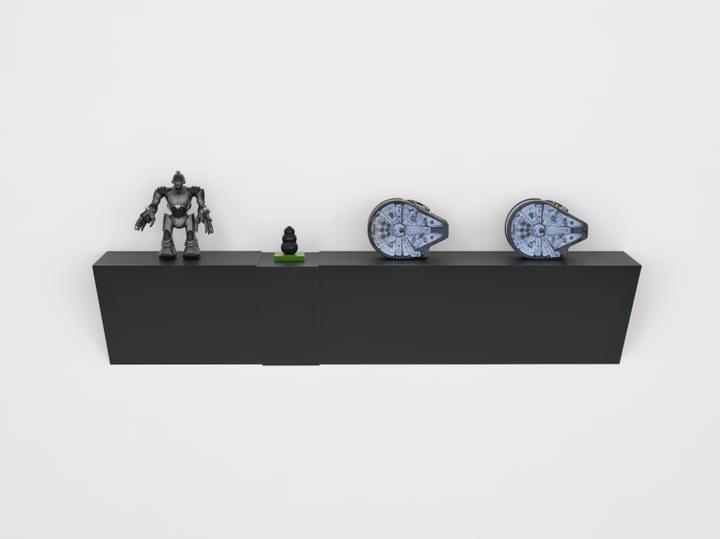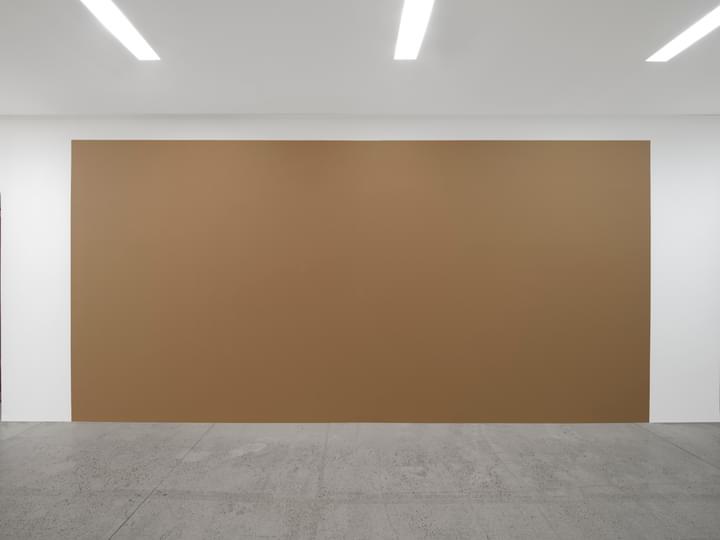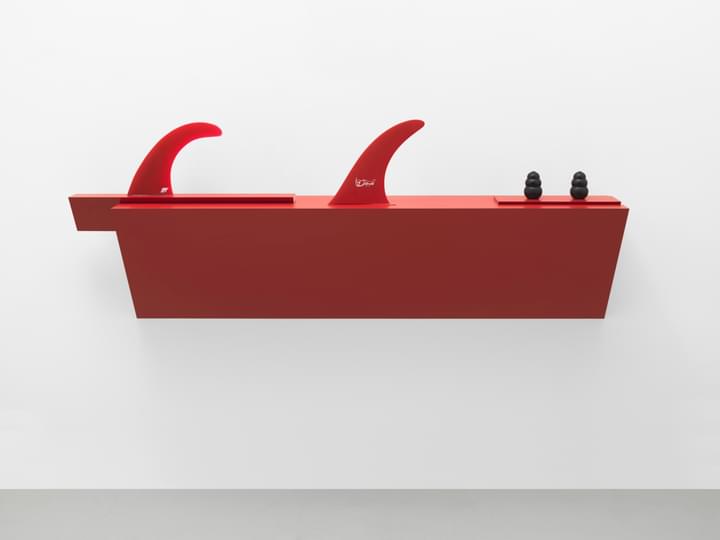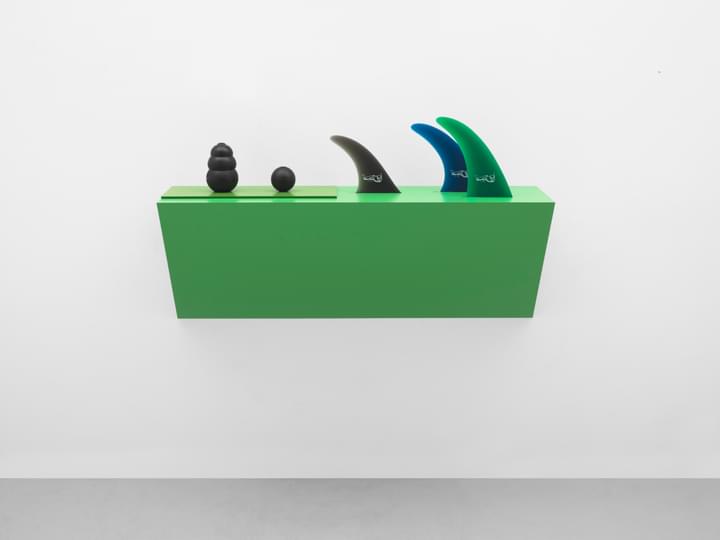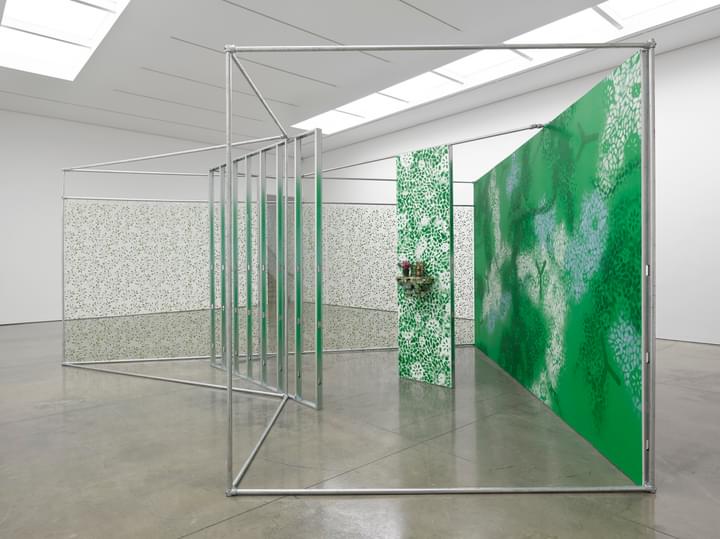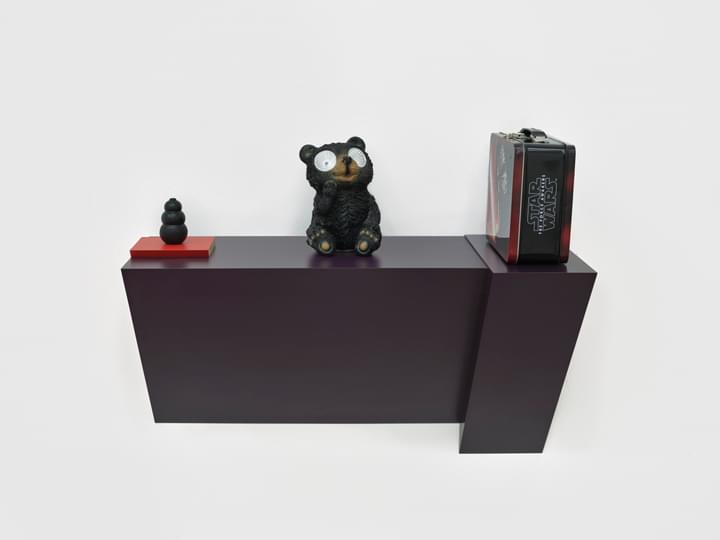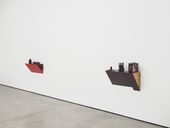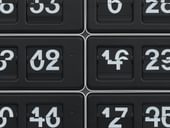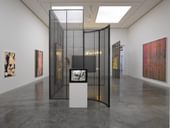
El Lissitzky II-4, 2008
Haim Steinbach
Lives and works in Queens, New York
B. 1944
Artworks

Contact us about available Haim Steinbach works
Exhibitions
Gallery Exhibition
Haim Steinbach
tin drum
14 September – 12 November 2022
Gallery Exhibition
Haim Steinbach
jaws
27 October 2017 – 20 January 2018
Films
Kathryn Rattee on Haim Steinbach
Curator Kathryn Rattee examines Haim’s anthropological staging of objects since the 1980s.
Haim Steinbach on 'once again the world is flat.'
Haim Steinbach on his solo exhibition, 'once again the world is flat.' at Kunsthalle Zurich in 2014.
Haim Steinbach on 'Travel'
Haim Steinbach discusses his exhibition 'Travel' at White Cube Mason's Yard in 2013, observing how the notion of travel is both a state and an activity and something that we are all involved in for the duration of our lives.
Haim Steinbach on 'jaws'
Haim Steinbach talks about his exhibition 'jaws' at White Cube Mason's Yard (2017 – 2018). The artist explains the poetic association of objects within his work and the references to 1970s and 80s social practice and culture.
Kathryn Rattee on Haim Steinbach
Curator Kathryn Rattee examines Haim’s anthropological staging of objects since the 1980s.
Museum Exhibitions
Find out more18 May - 2 November 2025 | Boussu, Belgium
18 May - 15 September 2019
22 September 2018 - 27 January 2019
24 May - 17 August 2014
Create an Account
To view available artworks and access prices.




